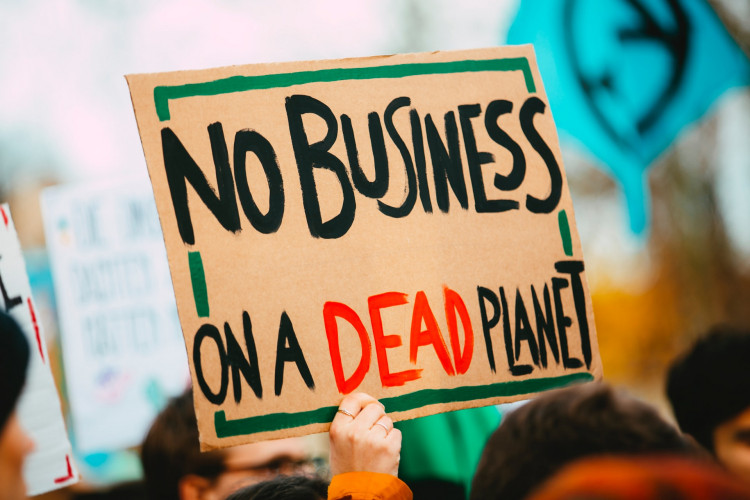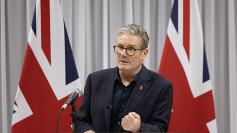The World Meteorological Organization (WMO) has issued a new report warning of the largest year-on-year increase in methane concentrations in 2021 since regular monitoring began over 40 years ago.
According to the WMO's newest Greenhouse Gas Bulletin, released annually, carbon dioxide, methane, and nitrous oxide concentrations reached new highs last year - a concerning trend and an indication that the world is not doing enough to combat climate change.
"WMO's Greenhouse Gas Bulletin has underlined, once again, the enormous challenge - and the vital necessity - of urgent action to cut greenhouse gas emissions and prevent global temperatures rising even further in the future," Petteri Taalas, the WMO's secretary-general, said in a statement.
Around 60% of the world's methane emissions are attributed to human activity, including agriculture, coal mining, and oil and gas extraction, according to researchers. The increase in methane concentrations last year appears to be the consequence of "both biological and human-induced processes," according to the WMO, even though the cause is unclear.
The increase in carbon dioxide levels between 2020 and 2021 was also greater than the average yearly growth rate over the previous ten years, and the levels are expected to keep rising until 2022, said the WMO.
The WMO said that measurements for 2021 were all higher than pre-industrial levels for carbon dioxide, methane, and nitrous oxide, "before human activities started disrupting natural equilibrium of these gases in the atmosphere."
Carbon dioxide concentrations, in particular, are closely watched as an indicator of how humans are altering the Earth's climate. When fossil fuels are burned, carbon dioxide and other greenhouse gases are released into the atmosphere, trapping heat.
A separate UN assessment issued on Wednesday warned that the world is "nowhere near" meeting its targets for reducing greenhouse gas emissions, with the planet on pace to see temperatures climb to 2.5 degrees Celsius (4.5 Fahrenheit) beyond pre-industrial levels by the end of the century.
The research emphasizes the need of implementing the cost-effective measures presently available to combat methane emissions and reduce CO2 emissions by modernizing our industrial, energy, and transportation sectors, according to WMO's chief.
"The needed changes are economically affordable and technically possible. Time is running out," he emphasized.
In order to achieve the Paris Agreement goal of ideally limiting global warming to 1.5 degrees Celsius, WMO hopes that the science presented in this Bulletin and the State of the Global Climate report, which will be released on the eve of the UN Climate Conference COP27 in Egypt, will inspire negotiators to take more aggressive action.





